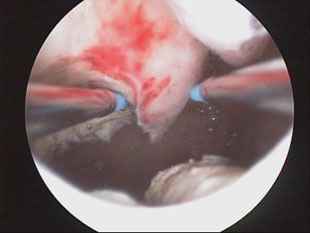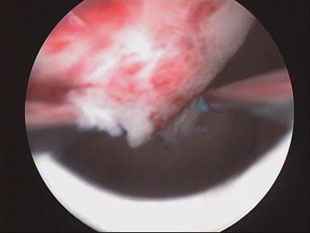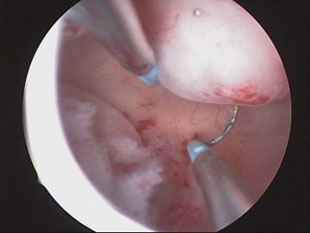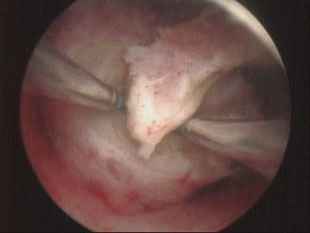Endometrial Ablation Procedures
Endometrial ablation is a hysteroscopic procedure performed via a small telescopic camera (hysteroscope) inserted via the vagina, through the cervix, and into the uterine cavity) to remove the inner lining of the uterus. It is performed in order to treat abnormal uterine bleeding of benign causes in women who no longer desire pregnancy.
Before an ablation is performed, a sample of the uterine lining is taken (similar to a Pap smear) to assure that no cancer is present. Hormonal causes and other medical conditions that can cause abnormal bleeding are also ruled out. The operative hysteroscope can be used to perform the ablation as well as other hysteroscopic devices, which are designed solely for this purpose. If polyps or fibroids are found within the uterine cavity, these can be removed separately.
Following endometrial ablation procedures, patients are kept in the hospital for a few hours and can resume normal daily activities within 24 hours. Bleeding is controlled or stopped on a permanent basis in over 90% of patients.
Before deciding on an endometrial ablation...
Consult an experienced fertility specialist and gynecologic surgeon.
Hysteroscopic Transcervical Resection of the Endometrium (TCRE)





